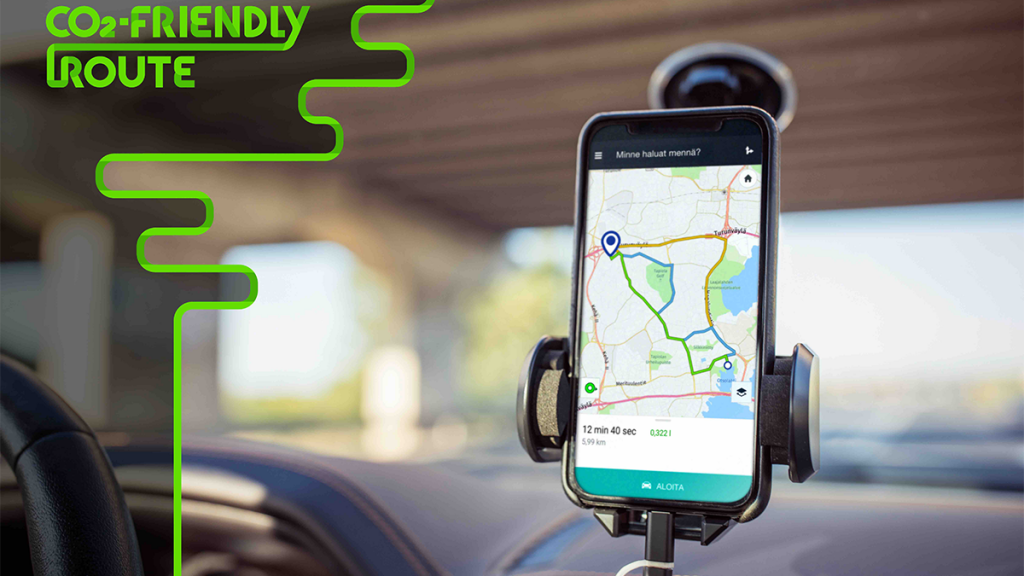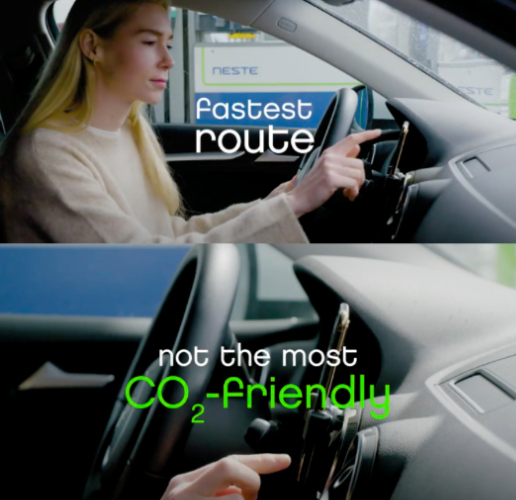Fastest is not always the best, that’s the message from Neste, the world’s most sustainable energy company, as its latest campaign reveals how tens of thousands of tons of CO2 could be saved if mapping and satellite navigation systems offered a CO2-friendly route option.

While some cars have an “Eco” setting, most drivers are unable to choose a satnav route that cuts down emissions. Neste’s creative agency, Helsinki, Finland-based hasan & partners, conceived the CO2-Friendly Route project for Neste and partnered with HERE Technology and PTV Group to prove that drivers can reduce emissions.
A campaign website https://www.neste.fi/en-co2friendlyroute details the experiment, which is brought to life in an explainer video.
Neste plans to promote the findings internationally on social media using #co2routing, and open source the data to satnav developers, while it continues the research to potentially create its own satnav system.
hasan & partners found that by choosing a CO2-friendly route, 81,000 tons of CO2 could be saved every year in the Helsinki region alone – the equivalent annual carbon dioxide emissions of 20,000 inhabitants or the removal of 30 000 passenger cars from the roads for a full year.

Olessia Kozlova, Strategic Planner at hasan & partners, conceived the idea and said: “The potential for this idea is huge and fits perfectly with Neste’s mission to make the world a healthier place for our children. The results cry out for a default to CO2-friendly routes so we started to make this research public, and shared it with satnav developers, calling on them to review their route algorithms to help combat climate change.”
Mika Hyötyläinen, Vice President of Marketing in Marketing and Services from Neste, adds: “We set out to prove that fastest is not always the CO2 friendliest. We got so excited about the findings that we are now looking into working with satnav developers to create a mapping system that offers a default CO2-friendly route. It’s a simple solution that helps drivers cut emissions and save on fuel costs.”
The test was also modelled on Stockholm and San Francisco. The study suggests up to 53,488 tons of CO2 could be saved every year in Stockholm, while up to 105,646 tons could be saved annually in San Francisco.
Source: hasan & partners

You must be logged in to post a comment Login